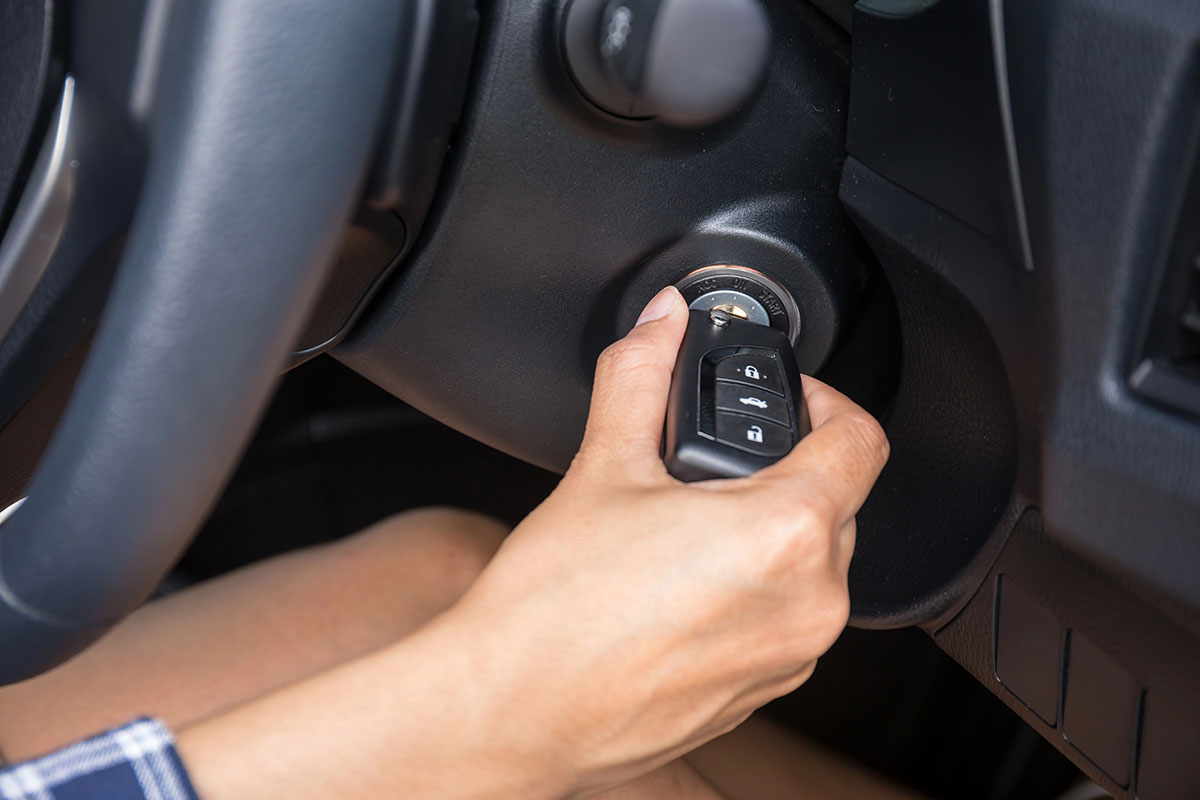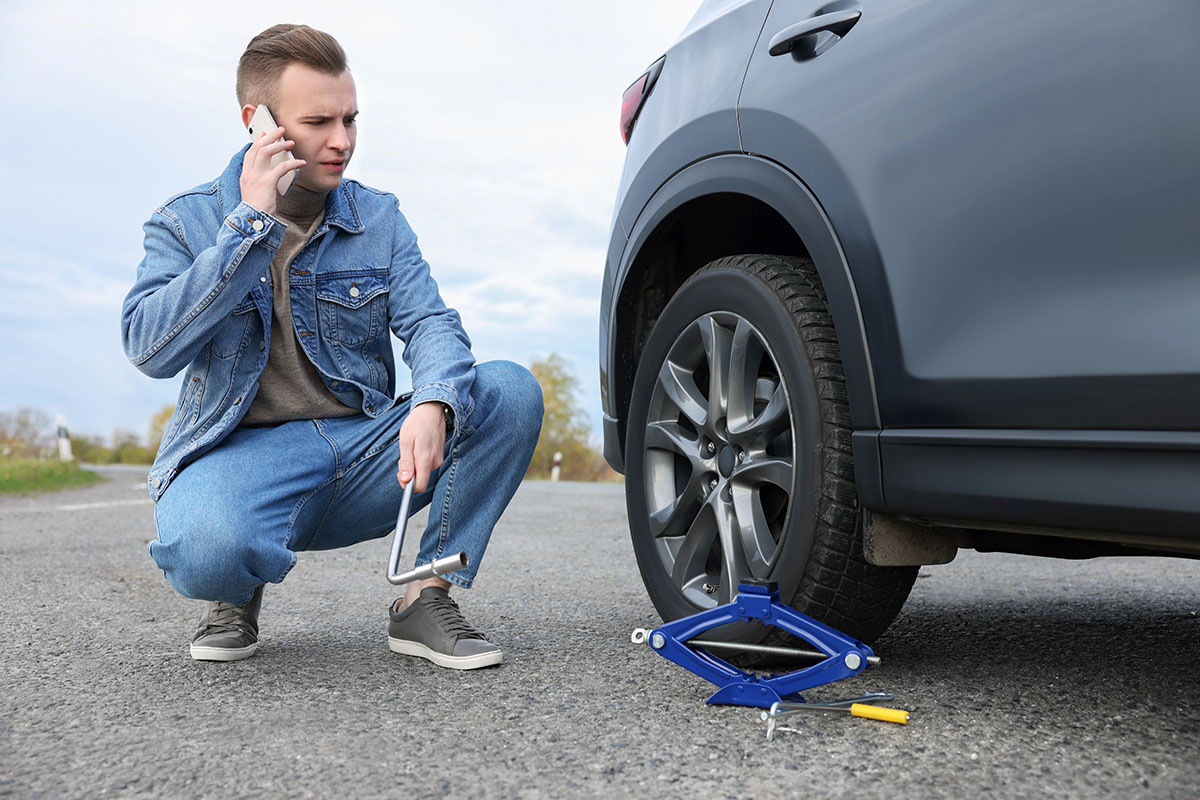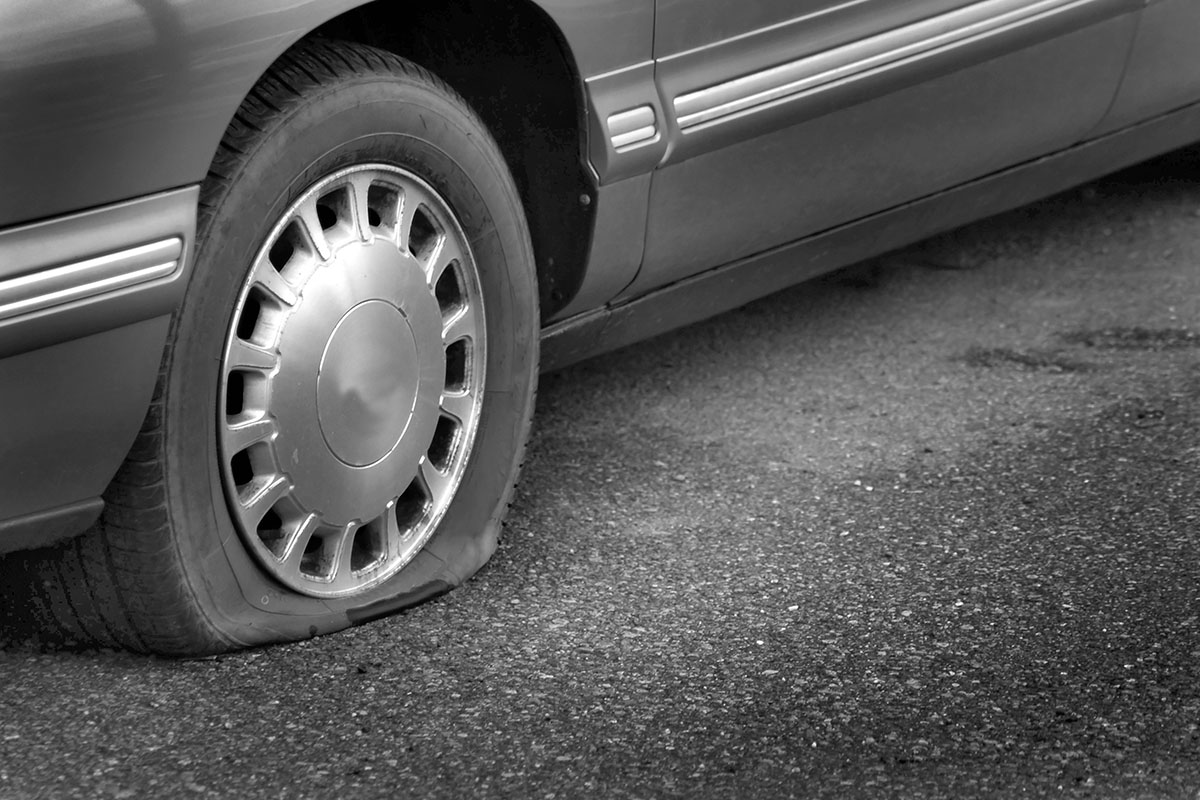Many of us have seen the option for a Tyler roadside assistance plan, whether it’s offered through our auto insurance, a motor club, or even a credit card. It’s an annual fee for a service you hope you will never have to use. This leads to a common question we hear at Hi-Way Towing: is it really worth the cost?
It’s a fair question. When you are budgeting your expenses, an extra annual fee can feel like an easy one to cut. But to understand the true value of roadside assistance, you have to look beyond the annual cost and consider the cost, both in money and in stress, of a single roadside event like needing a towing service in Tyler. Let’s break down the value equation and examine the real numbers.
The Out-of-Pocket Reality
To understand the value of a roadside assistance membership, we first need to understand what these services actually cost when you’re paying full price in an emergency.
A Jump Start:
Your battery dies in a parking lot. You call a local towing company for a jump start. The service call alone is typically $75 to $125, even though the actual work takes less than ten minutes. If it’s after hours or on a weekend, you might be looking at $150 or more.
A Tire Change:
You get a flat tire on your way to work. You could change it yourself if you had the tools, knowledge, and physical ability, but many people don’t. A service call for a roadside tire change typically costs $100 to $150.
A Tow:
This is where costs escalate dramatically. A standard tow typically has a base fee of $75 to $150 for the hook up, plus a per mile charge of $3 to $7. If your car breaks down 20 miles from the nearest repair shop, you’re looking at a total cost of $150 to $300 or more. If it happens late at night or on a holiday, the price can double.
A Lockout:
You lock your keys in your car. A locksmith service call can easily run $100 to $200, and that’s if it’s during normal business hours. An after-hours lockout can cost significantly more.
Now, let’s do some simple math. If you experience just two of these incidents in a single year, you’ve already spent more out of pocket than the cost of an annual roadside assistance membership. One major incident, like a tow, can cost as much as two or even three years’ worth of membership fees.
The Predictable Peace of Mind
The financial value of roadside assistance isn’t just about the direct cost savings. It’s also about transforming an unpredictable, potentially catastrophic expense into a small, predictable, and manageable one.
When you pay an annual membership fee, you are essentially buying insurance against roadside emergencies. You know exactly what it will cost you for the year, and you know that if something happens, you’re covered. There are no surprise bills, no scrambling to find a reputable tow company at midnight, and no worrying about whether you can afford the service.
This financial predictability has real value, especially for people on tight budgets. A $500 emergency tow bill can be devastating to someone living paycheck to paycheck. A $100 annual membership fee, on the other hand, can be planned for and budgeted.
The Time and Safety Factor
Beyond the pure financial equation, there is an often-overlooked benefit that is harder to quantify but equally important: time and safety.
When you have a roadside assistance membership, you have a single phone number to call for any emergency. One call and help is on the way. You don’t have to spend precious time googling “tow truck near me,” reading reviews, comparing prices, and worrying about whether the company is reputable.
If you’re stranded in an unfamiliar area, at night, or in bad weather, this convenience becomes a safety issue. The faster you can get professional help on the scene; the sooner you’re out of a potentially dangerous situation.
Most roadside assistance providers also have GPS enabled dispatch systems, meaning they can locate you even if you’re not entirely sure where you are. This is an invaluable feature in an emergency.
The Coverage That Goes Beyond Breakdowns
A comprehensive roadside assistance plan isn’t just for when your car fails. Many plans include a range of benefits that add significant value.
Fuel Delivery:
Run out of gas? Most plans will send someone to deliver a few gallons of fuel to get you to the nearest gas station.
Flat Tire Assistance:
Even if you have a spare, the service will send someone to change it for you, which is especially valuable if you’re in a dangerous location or during bad weather.
Winching and Recovery:
Slid off the road into a ditch during a storm? Many plans include winching services to pull your vehicle back onto the roadway.
Trip Interruption Coverage:
Some higher tier plans even offer reimbursement for hotel stays, meals, or rental cars if your vehicle breaks down far from home. This kind of coverage can save you hundreds of dollars on a road trip gone wrong.
The Variables: Who Benefits Most?
While roadside assistance offers value to almost any driver, there are certain groups of people for whom it is an absolute no brainer.
People with older vehicles:
If your car has more than 100,000 miles or is more than ten years old, the risk of a breakdown increases significantly. A roadside assistance plan is essential.
Long distance commuters:
If you drive 30 or more miles to work each day, you’re putting significant wear on your vehicle and spending a lot of time on the road where help might not be immediately available.
Parents of teen drivers:
If you have a young driver in the household, a roadside assistance membership provides peace of mind. You know that if they have car trouble, they have a safe, reliable resource to call.
People who take frequent road trips:
The farther from home you are, the more valuable roadside assistance becomes. Being stranded 500 miles from home is a completely different situation than being stranded five miles from home.
The Honest Assessment: When It Might Not Be Worth It
In the interest of providing a balanced perspective, there are situations where a roadside assistance membership might not be the best value.
If you have a brand-new car that’s still under the manufacturer’s warranty, you likely already have complimentary roadside assistance included for the first few years. Check your warranty documents before purchasing a separate plan.
If you rarely drive, keep your car in excellent condition, and live in a dense urban area where help is always nearby, you might decide to self-insure and pay out of pocket for the rare emergency.
However, even in these scenarios, the relatively low cost of a basic plan often makes it worth having simply for convenience and peace of mind.
An Investment in Your Security
When you weigh the predictable annual cost against the unpredictable and often expensive reality of a roadside emergency, the value equation for most drivers tilts heavily in favor of having coverage. The question is not really whether roadside assistance is worth it, but rather which level of coverage is the right fit for your specific situation and budget, especially if you ever need jump starts in Tyler or a tire changed done quick.
Frequently Asked Questions About Roadside Assistance
Can I add roadside assistance after my car breaks down?
No. Roadside assistance memberships are not designed to be purchased in the middle of an emergency. Most plans have a waiting period, often 24 to 48 hours, after you sign up before you can use the services. This prevents people from purchasing coverage when they need it.
How many times per year can I use my roadside assistance?
This depends on your specific plan. Basic plans typically allow for three to four service calls per year. Premium plans may offer unlimited calls. However, excessive use, such as needing a tow every single month, may result in non-renewal of your membership or a recommendation to address the underlying vehicle issues.
Does roadside assistance cover all vehicles I own or just one?
Most individual plans cover the member, not a specific vehicle. This means you are covered regardless of which car you are driving, even if you are a passenger in someone else’s vehicle. Some plans also offer family coverage, which extends benefits to a spouse or other household members.
What is the difference between roadside assistance from my auto insurance and standalone memberships?
Some auto insurance companies offer roadside assistance as an optional add to your policy. This is convenient for billing purposes, but you should compare the coverage and cost. Standalone memberships from providers often offer broader benefits and a more established network of service providers. Using roadside assistance through your auto insurance sometimes counts as a claim, which could potentially affect your rates.
What happens if I need a tow that’s longer than my plan covers?
Most roadside assistance plans include a set number of miles for towing, often five to ten miles for basic plans and up to 100 miles for premium plans. If your needed tow exceeds your plan’s mileage limit, you are responsible for paying the additional per mile cost. However, even with this extra charge, you often still save money compared to paying the full towing cost out of pocket.







